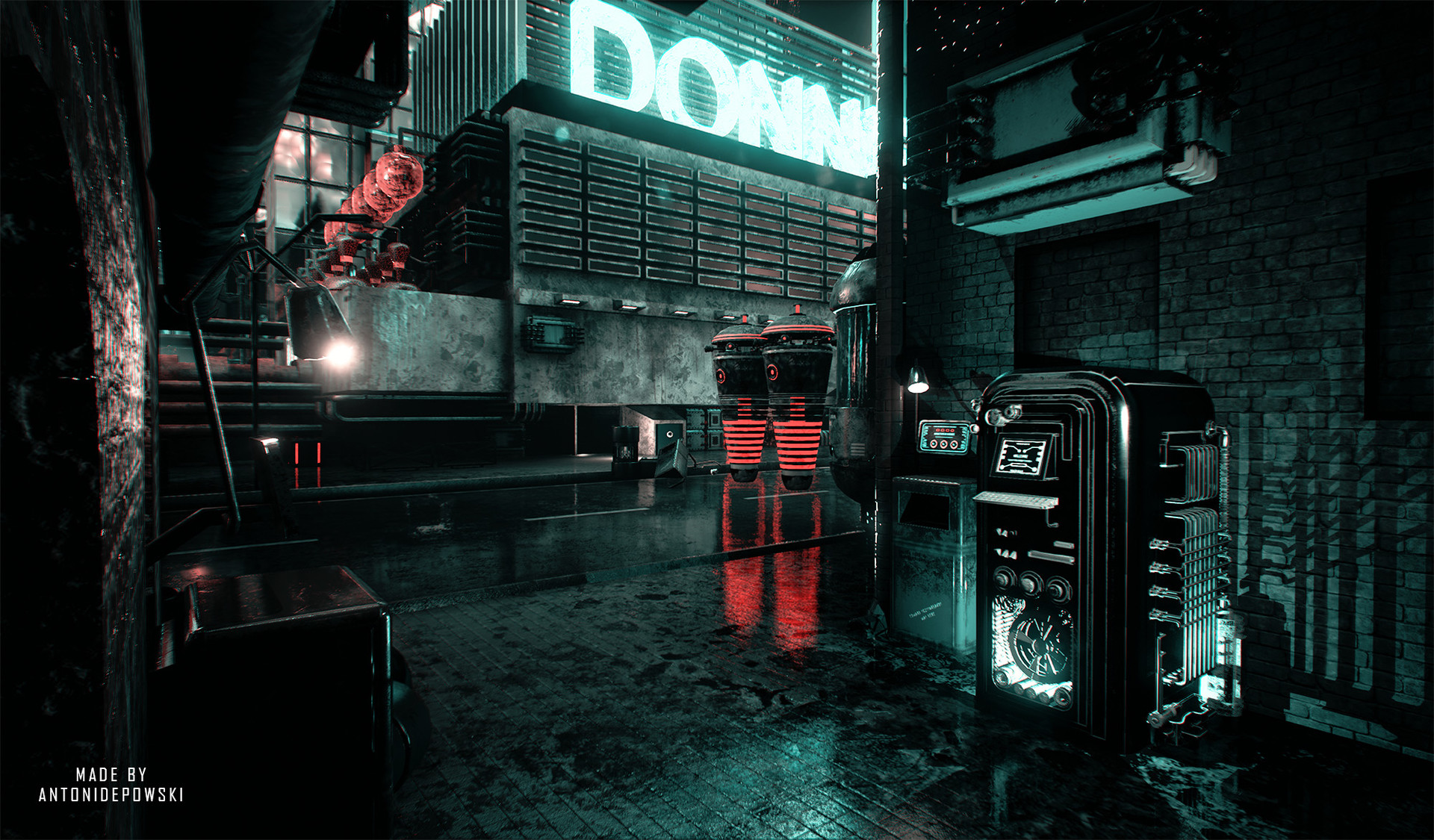This book is a fast and enjoyable read. Take three men and three women. Mix them well in the summer heat and cool autumn of Ginza. This book was first published in London in 1988, revised edition published in 1994. This second revised edition contains a new introduction by David Cozy.
So if you want to experience and see how these winged little creatures turn the city night magical, visit Naka-shizen no Mori. Putting them in a jar during their. Tokyo City Nights is a video game developed for WiiWare and the J2ME platform by Gameloft. Released on November 4, 2008 in Japan for Wii (WiiWare) and for the J2ME Platform on November 14, 2008. It was Gameloft's first 100% Japanese original title.
'A Bizarre manga, a post-modern comedy of manners full of withering insights int Fiction. This book is a fast and enjoyable read. Take three men and three women.
Mix them well in the summer heat and cool autumn of Ginza. This book was first published in London in 1988, revised edition published in 1994. This second revised edition contains a new introduction by David Cozy. 'A Bizarre manga, a post-modern comedy of manners full of withering insights into contemporary Japan'--The Japan Times. 'It is Richie's unswerving commitment to make it only too plain what these sorts of people do say (and don't say) to each other that makes the novel so suffocatingly authentic'--Intersect.
Donald Richie is an American-born author who has written about the Japanese people and Japanese cinema. Although he considers himself only a writer, Richie has directed many experimental films, the first when he was 17. Although Richie speaks Japanese fluently, he can neither read nor write it.

During World War II, he served aboard Liberty ships as a purser and medical officer. By then he had alrea Donald Richie is an American-born author who has written about the Japanese people and Japanese cinema.
Although he considers himself only a writer, Richie has directed many experimental films, the first when he was 17. Although Richie speaks Japanese fluently, he can neither read nor write it. During World War II, he served aboard Liberty ships as a purser and medical officer. By then he had already published his first work, 'Tumblebugs' (1942), a short story. In 1947, Richie first visited Japan with the American occupation force, a job he saw as an opportunity to escape from Lima, Ohio. He first worked as a typist, and then as a civilian staff writer for the Pacific Stars and Stripes.
While in Tokyo, he became fascinated with Japanese culture, particularly Japanese cinema. He was soon writing movie reviews in the Stars and Stripes.
In 1948 he met Kashiko Kawakita who introduced him to Yasujiro Ozu. During their long friendship, Richie and Kawakita collaborated closely in promoting Japanese film in the West. After returning to the United States, he enrolled at Columbia University's School of General Studies in 1949, and received his Bachelor's Degree in English in 1953. Richie then returned to Japan as film critic for the The Japan Times and spent much of the second half of the twentieth century living there. In 1959, he published his first book, The Japanese Film: Art and Industry, coauthored with Joseph Anderson.
In this work, the authors gave the first English language account of Japanese film. Richie served as Curator of Film at the New York Museum of Modern Art from 1969 to 1972. In 1988, he was invited to become the first guest director at the Telluride Film Festival. Among his most noted works on Japan are The Inland Sea, a travel classic, and Public People, Private People, a look at some of Japan's most significant and most mundane people.

He has compiled two collections of essays on Japan: A Lateral View and Partial Views. A collection of his writings has been published to commemorate fifty years of writing about Japan: The Donald Richie Reader. The Japan Journals: 1947-2004 consists of extended excerpts from his diaries. In 1991, filmmakers Lucille Carra and Brian Cotnoir produced a film version of The Inland Sea, which Richie narrated. Produced by Travelfilm Company, the film won numerous awards, including Best Documentary at the Hawaii International Film Festival (1991) and the Earthwatch Film Award.
It screened at the Sundance Film Festival in 1992. Author Tom Wolfe describes Richie as: 'the Lafcadio Hearn of our time, a subtle, stylish, and deceptively lucid medium between two cultures that confuse one another: the Japanese and the American.' Richie's most widely recognized accomplishment has been his analysis of Japanese cinema. From his first published book, Richie has revised not only the library of films he discusses, but the way he analyzes them.

 0 kommentar(er)
0 kommentar(er)
